Occurrence & cultivation of the ragwort

The ragwort, native to Europe, blooms from late June to September and then shows dark yellow to brownish cylinder-shaped flowers. They stand together like a cluster and have 5 to 7 light yellow, narrow ray-flowers arranged around the edge of the tubular flowers. Senecio Fuchsii reproduces underground through runners. The medicinal plant prefers lime and nutrient-rich forest soils.
That is why it usually occurs in semi-shady locations in the mountain forests of the low mountain ranges and Alpine regions. However, it is not only found in mixed and coniferous forests: growing on higher pastures, it is feared by dairy farmers and ranchers. In some places in the Black Forest it is more common than other plant species.
Effect & application
In contrast to its toxic relatives Senecio nemorensis and Jacob's ragwort, the real ragwort Senecio Fuchsii only contains 0.01% pyrrolizidine alkaloids. The alkaloids and senecionine it contains are completely non-toxic. Collectors pick the plant from June to September and use it to prepare ragwort tea and tincture.
Only the herb of the plant is used in natural medicine. It is also used as a rinse and very diluted in homeopathic preparations. Ragwort tea and tincture are intended for internal and external use. Rinses are only used externally. Processed as an admixture in homeopathic remedies, it is administered orally. The exact effect of the ragwort is only proven by its use in naturopathic folk medicine.
Scientific studies on the mode of action of Senecio Fuchsii are not available or scientifically inconclusive. Its hemostatic and spasmodic effect has been proven through countless applications. It is also supposed to lower blood sugar, normalize abnormally high blood pressure values and alleviate menopausal symptoms. However, these modes of action have not been confirmed by studies or observational studies.
What is certain, however, is that mistaking it for its toxic relatives can lead to liver venous obstruction (VOD) and the development of cancer. The prerequisite is that the dangerous pyrrolizidine alkaloids contained therein are consumed in high doses over a longer period of time. They are also suspected of causing genetic damage to the unborn child in pregnant women.
In order to rule out health impairments, it is advisable to refrain from using ragwort entirely. There are no known interactions of ragwort with other agents. Pregnant, breastfeeding women and children under the age of twelve should not use the herbal preparation.
Importance for health, treatment & prevention
To make ragwort tea, the user pours 1 teaspoon of herb with a cup of hot water and lets the tea steep for 5 to 10 minutes before straining it. Ragwort tincture is administered 3 times a day in the form of 10 to 50 drops. Both products may only be taken for acute complaints and for a short period of time. They help stop mucosal bleeding quickly in both women and men.
Gum and nosebleeds are prevented within a very short time by external application of ragwort tincture. In traditional natural medicine, ragwort is also a typical gynecological herb: Its blood flow-inhibiting properties ensure that excessive menstrual bleeding is reduced. Intermenstrual bleeding is even completely prevented.
In addition, folk medicine treated amenorrhea with ragwort: irregular menstrual bleeding occurred at regular intervals after the administration of the herbal remedy. The antispasmodic and pain relieving properties of the old medicinal plant ensure that the female menstruation proceeds without abdominal cramps and pain. The old medicinal herb is said to have a positive influence even on menopausal symptoms.
How the herbal remedy, which was used in the Middle Ages, lowers blood pressure and blood sugar has not yet been clarified. However, some observations suggest that it actually affects them positively. However, the ragwort remedy would then have to be taken over a longer period of time. However, the harmlessness of the plant can only be guaranteed if it is consumed in low doses over a shorter period of time.
If the user does not adhere to this precautionary measure, symptoms of poisoning will occur weeks to months after first taking the ragwort product. Depending on the type and concentration of the toxins they contain and due to their accumulation in the liver, they can lead to cramps, atypical reactions and even death of the individual.

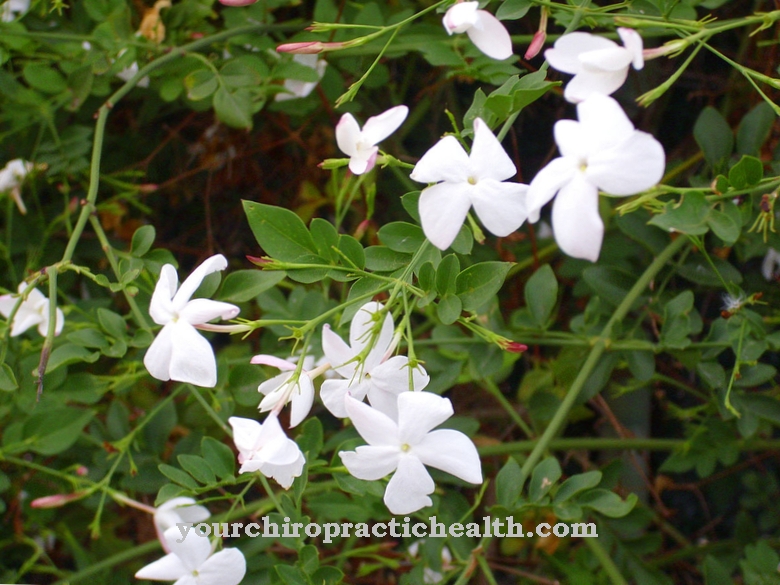
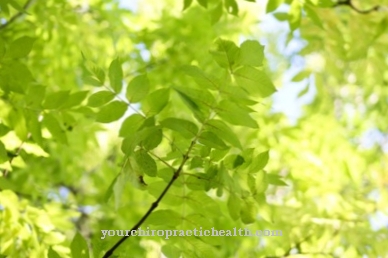
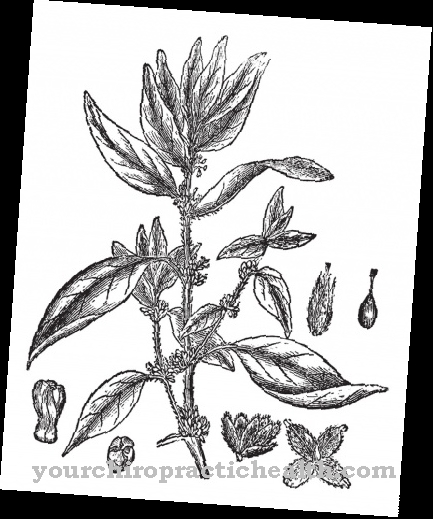
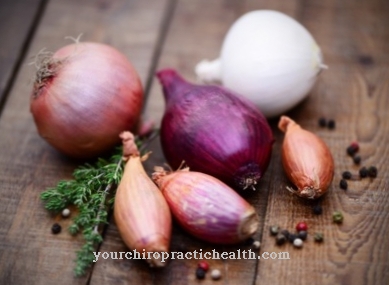
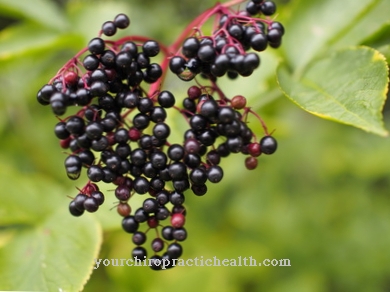



















.jpg)


